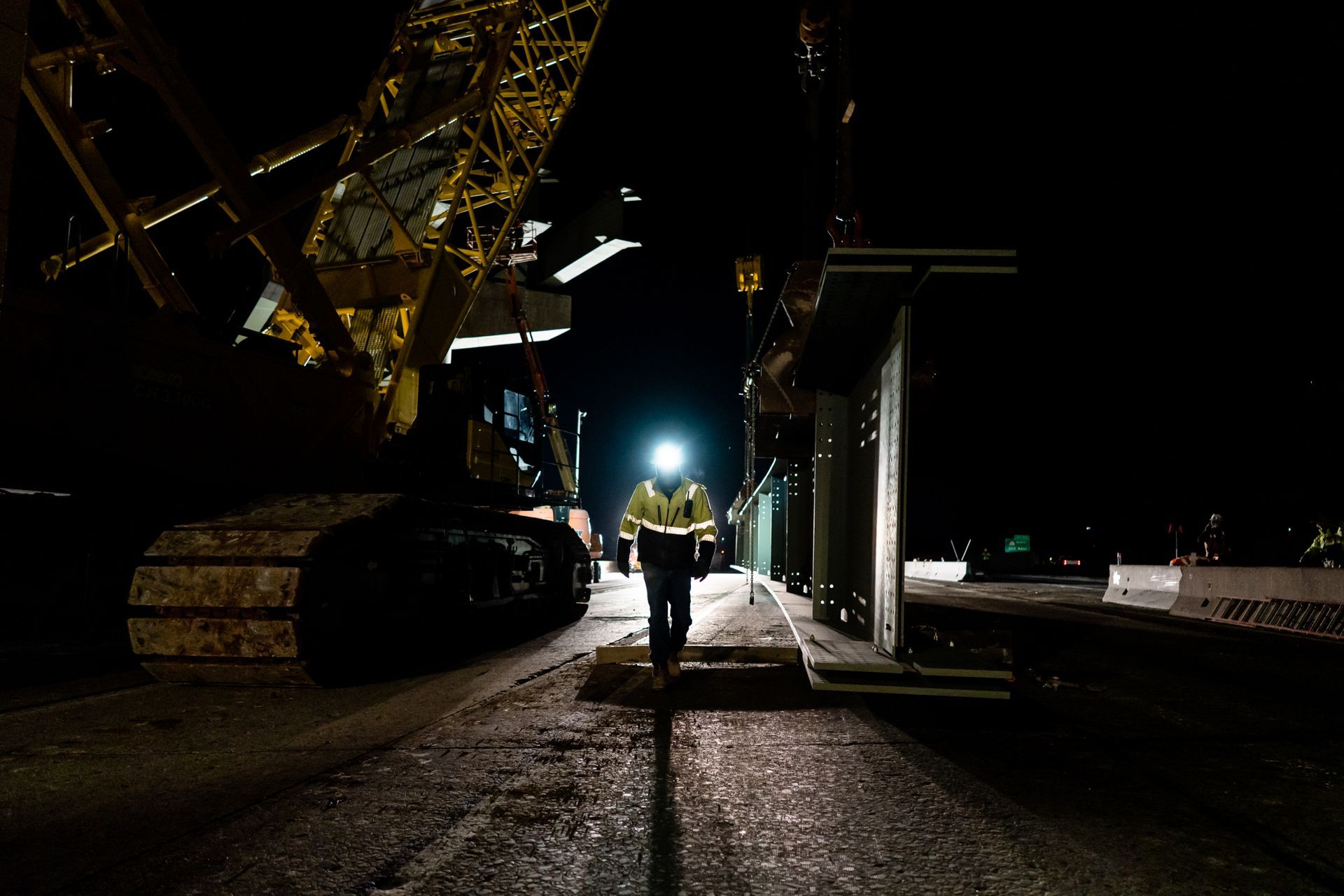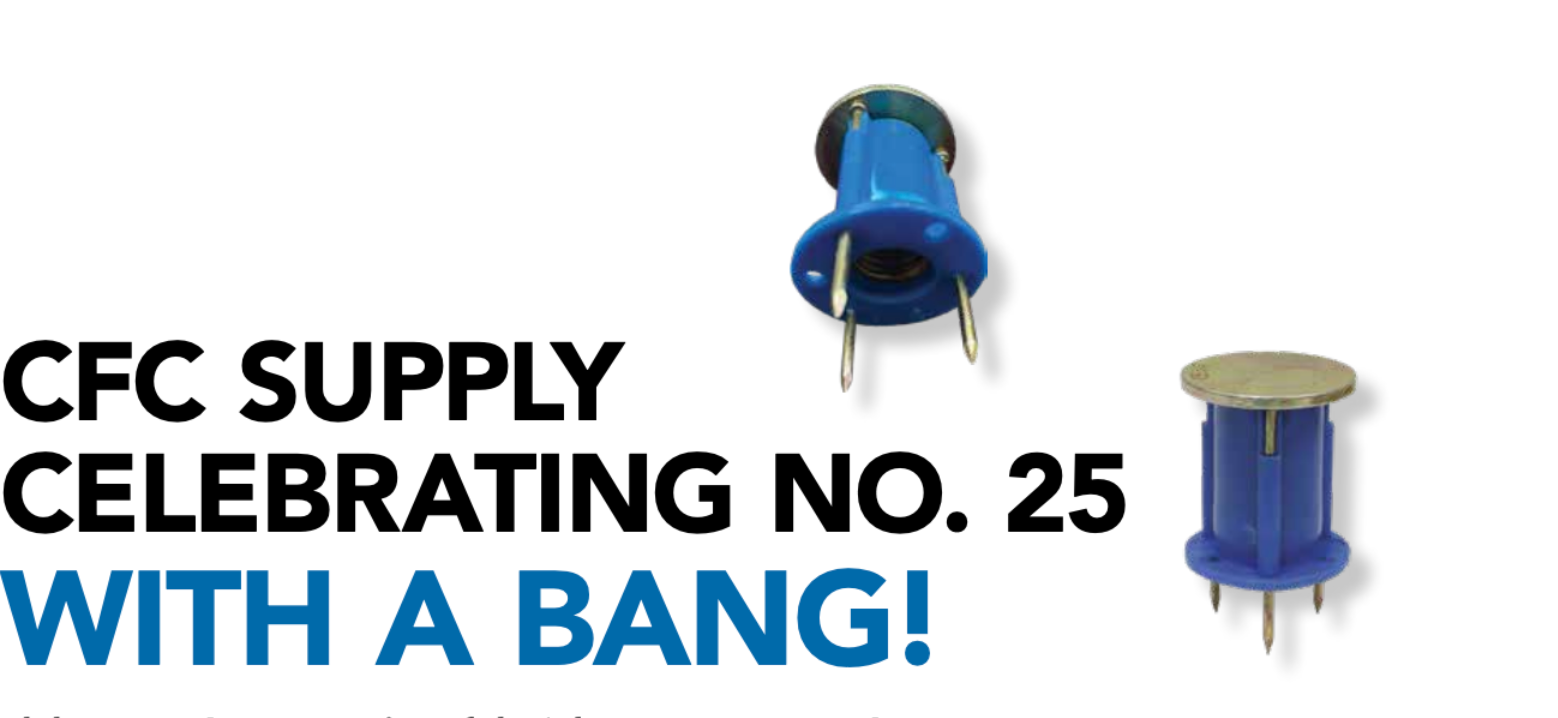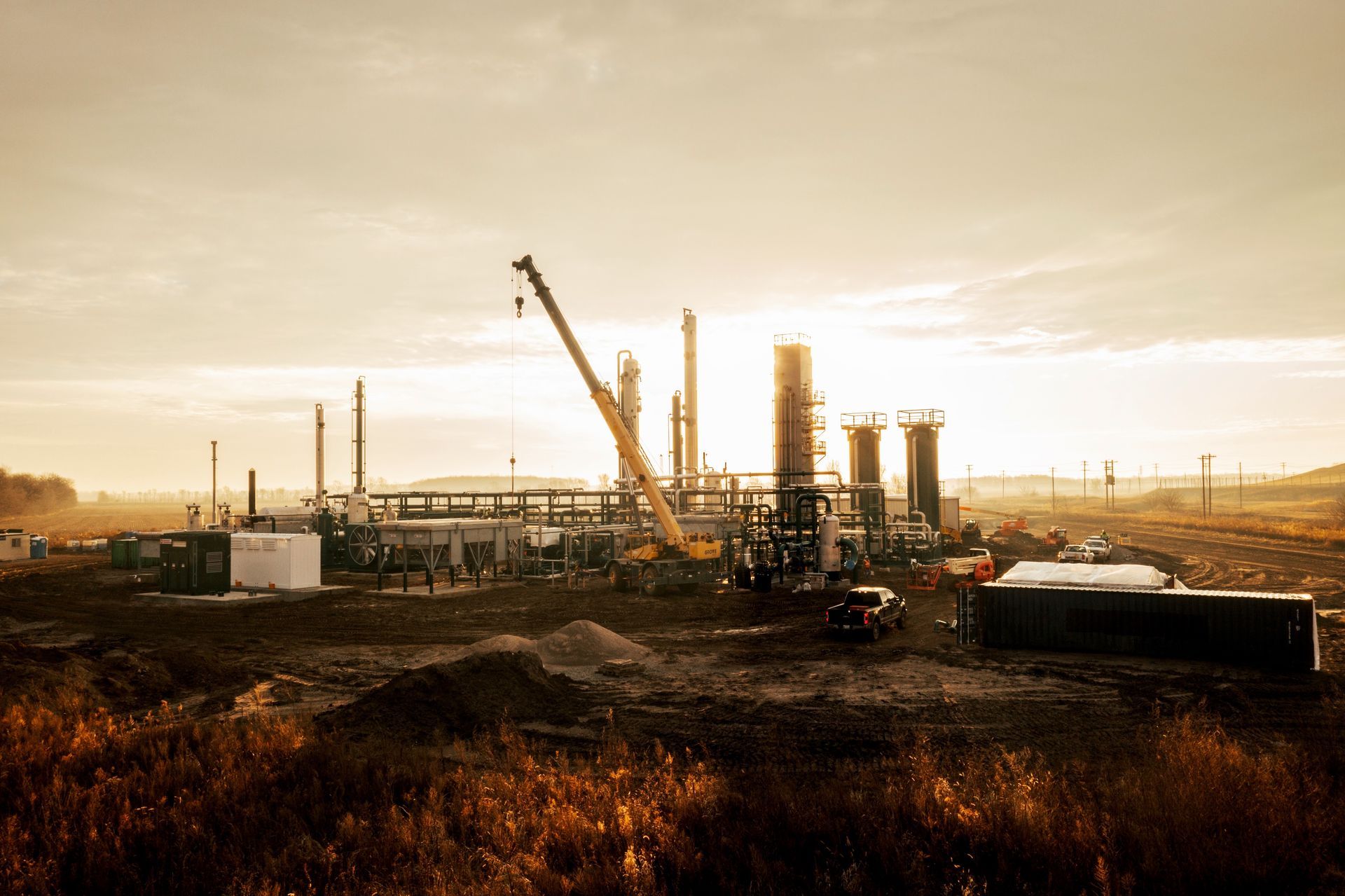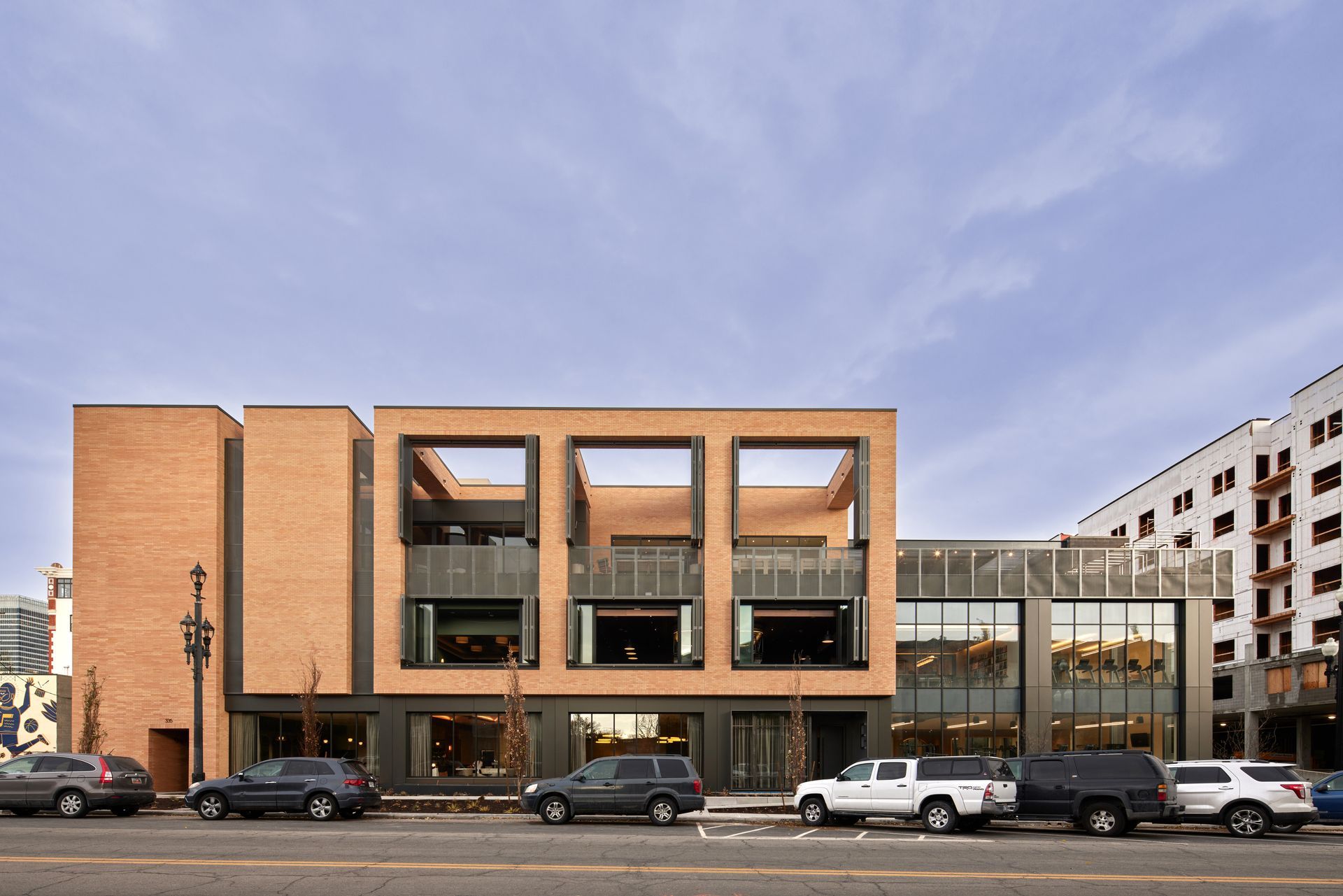Chip Off the Old Block
Paulsen Construction’s successful restoration of Sprague Library in Sugar House building upon the past as originally built by founder in 1928.
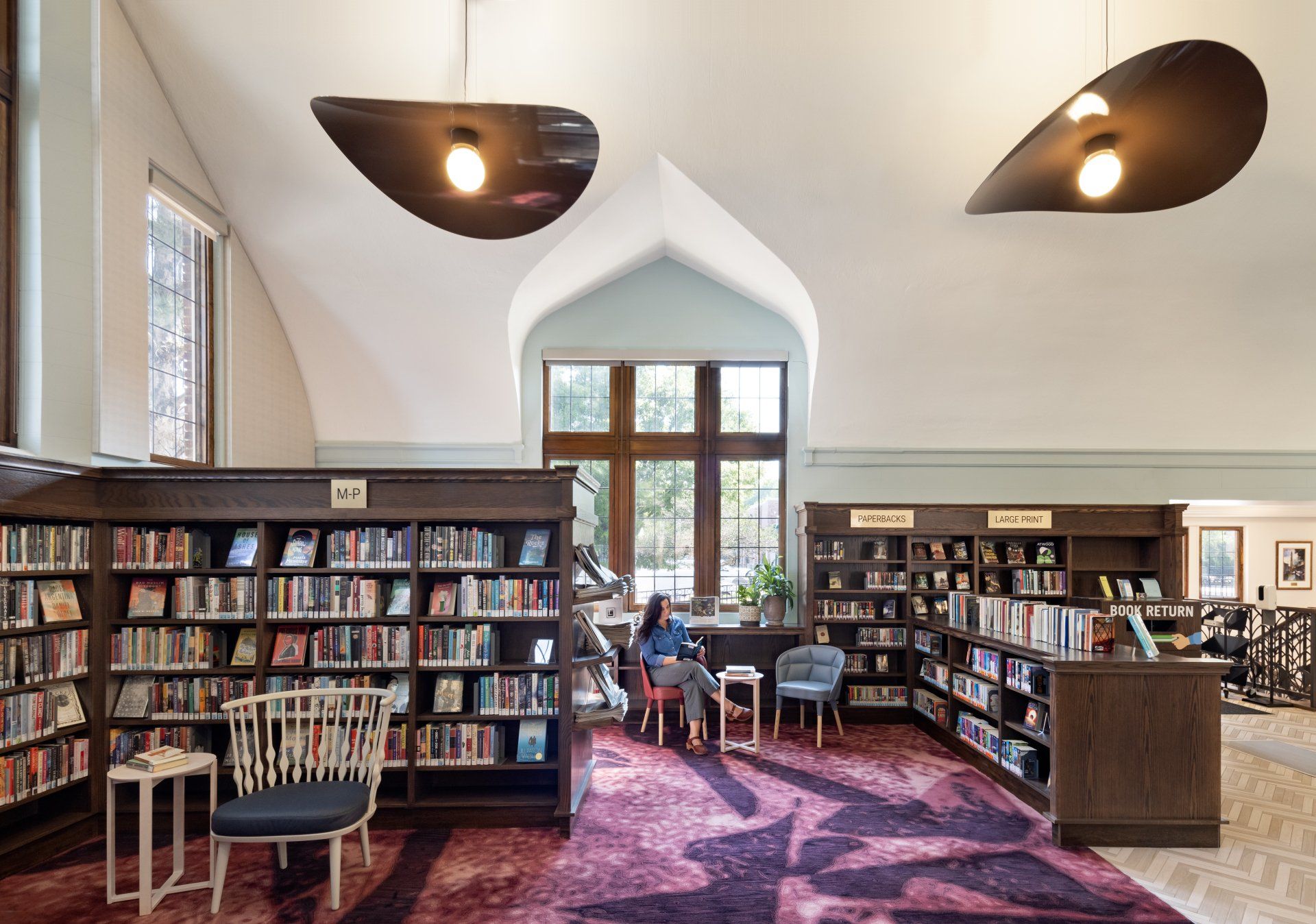
By Brad Fullmer
The completion of the Sprague Library restoration last April in Salt Lake’s Sugar House area is notable not only for the significance of it being a nearly 100-year-old structure but also for the fact that the construction was performed by Paulsen Construction, a Salt Lake-based general contractor that built the original library in 1928.
President/CEO John Paulsen is the great-grandson of founder Paul Paulsen, who emigrated to Utah from the Norwegian Lofoten Islands in 1909. He worked for Morrison-Merrill Lumber Co. in Salt Lake for 15-plus years before founding the firm that still bears his name 97 years later.
Paulsen admitted he and his employees felt an immense sense of pride in successfully completing the complex project, especially given the historical impact of the library and its importance to the local community.
“There was a lot of motivation within our firm to do this project,” said Paulsen. “In this city, 100-year-old buildings are just torn down. The library has been such an iconic piece of Salt Lake City. To be a part of this project, knowing it will be around for another 100 years […] it was definitely sentimental that a previous family member built it.”
At a cost of $3.8-million, the two-level, 34,500-SF library—which is on the National Register of Historic Places—saw its interior spaces transformed into a more modern-style library. While the interiors were updated, the beautiful, high-gabled, English Tudor-style exterior remained virtually the same. In 1935,it was selected by the American Library Association as the “Most Beautiful Library in America,” so the stakes were high for designers and contractors in preserving and improving the iconic structure.
“It was about being able to have the connection to the culture, the history, the people who designed and constructed that building, and [those] who used it for almost 100 years,” said Mihnea Dobre, Project Architect for Salt Lake-based Arch Nexus. “At the same time, [we wanted] to make it a modern, useable space that people can be inspired by and create memories. It was very inspiring and rewarding to preserve that history and make it something of today that is productive in bringing the community together.”
“I’m very proud of the projects we do as a company, in taking something old and giving it new life and new meaning, or at least a renewed appreciation within its place within its localized culture,” said Brian Cassil, Marketing Director for Arch Nexus. “People, generally, really love history […] and buildings that are emblematic of history that can be expressed through architecture. Sprague Library is an excellent example of that.”
Flood Expedites Renovation
While Sprague Library’s restoration needs had been on the Salt Lake City Public Library (SLCPL) system’s radar for several years, a significant flood in July 2017 moved it up on the priority list. The flood caused five feet of water to seep into the lower-level basement, inflicting considerable damage to areas which housed the children’s and teen’s collections, a large public meeting room, as well staff spaces, according to Deborah Ehrman, SLCPL Interim Director.
“We had done an analysis of the space and knew Sprague would need to have renovation work within five years, but we moved it up on our timeline and funded it with essentially funds we had on hand,” said Ehrman. During the demolition phase, Ehrman and other SLCPL executives were allowed to see aspects of the original construction up close, a process she described as fascinating, particularly given that Paulsen Construction had built the original library.
“It was a lot of fun, actually, to know John’s great-grandfather was involved in the original [construction],” Ehrman said. What fascinated her most was “when we took the building apart and looked at how masonry was done back in the day, or the wood framing. […] It was like an art form of construction, and it challenged us from a renovation perspective in how it might impact the overall project. It was interesting seeing how to meld 1928 construction with modern-day construction. Our facilities manager and team worked closely with John [Paulsen]’s team and the architects to find those solutions.”
Paulsen said his team had to be vigilant with site water mitigation throughout construction. The team also had to navigate through tricky existing utilities, including installing a new, more powerful generator that keeps two subterranean pumps operating around the clock.
Paying Homage to the Past
The renovation brings a renewed, fresh feel to this landmark building while maintaining an appropriate historical feel. A fresh palette of color emphasizes Sugar House’s historical motifs that pay homage to the history of the area. The modern look and new design elements help to enhance library spaces while creating a more energy-efficient building envelope for the 95-year-old building.
In terms of design innovations, the way colors and shape move throughout the building is truly innovative, continuing to tie it to other historical Sugar House buildings and businesses such as the Granite Furniture Sputnik, Snelgrove Ice Cream, and Nu Crisp Popcorn, maintaining the classic sugar beet iconography. Custom light fixtures in the main part of the library complement the historic volumes. The “tween space” downstairs has a wall covered by a special moss that continues to grow with very little maintenance. What once was a dismal hallway now has upside-down trees that invoke a child’s imagination, with natural light spilling in through the ceiling.
The ability to allow complementary elements, both new and old, to exist in the same space provides the opportunity for something unique and inspiring. In addition, the library’s flexibility and adaptability to meet program and community needs is a hallmark, with movable furniture, transformable spaces, and careful planning to help ensure end-user needs are met.
“It’s a careful balancing act,”said Cassil of designing functional, aesthetically-pleasing, modern spaces into a historic building. “There is this modern approach to space planning, with careful attention to helping everyone feel welcome. […] It’s a very modern library in terms of amenities and space planning, but done in a way that the design pays homage to the Art Deco era—visual elements that pay tribute to the original design of the building.”
Margaret Sullivan, Owner of New York-based Margaret Sullivan Studio, served as a design consultant and said the team’s intention was to “honor existing characteristics of the main level and qualities of the 1920s, and respect the wonderful character of that Tudor-style quaintness, but also bring in the history of the community and the maker space. It’s a unique community and a growing neighborhood, so it was important to tie in the lineage of the overall history and the finishes.”
“Libraries are places for communities to come together and build connections with each other,” Sullivan added. “They don’t have to be storehouses for books. It’s allowed buildings to support early literacy initiatives, to having festivals in libraries that celebrate different ethnicities, and have fun, family-centric activities, and developing maker programs around digital literacy.”
Aspects of construction work had to be meticulously performed to meet the level of quality of the historic building. New double-pane windows had to be reconstructed in the historical nature of wood and glass to match the nationally-historic building while providing much better energy efficiency. Wood casework was carefully crafted, and inlaid carpets of sugar beets were custom made by hand just for this project, as were custom sugar beet stair railing elements.
Crews also had to remove a historic chimney, reinforce it to meet current seismic codes, then painstakingly rebuild it using the same bricks to maintain its timeless, historic features. Other structural modifications and improvements were critical aspects of the building’s integrity and durability.
“One of the challenges with historical work—and we do a fair amount of it—is we just don’t have in our industry the traditional building skills of the past,” Paulsen emphasized. “Intricate brick masonry, timber framing, things made by hand—finding those kinds of craftsmen today is almost impossible.”
“Finding traditional building craftsmen was a challenge in itself,” Paulsen continued. “Most local guys are on the [Salt Lake] Temple [restoration]. The skill [required] on an old building is so precise. Poor quality didn’t exist. Buildings built 100 years ago were done using exemplary techniques.”
Paulsen added that this is only the second project he personally has helped restore in Salt Lake that was originally built by Paul; the other was a restoration of a house on “A” Street in the Avenues that was owned by George Q. Cannon’s daughter.
“It’s something I’m super proud of,” he concluded. “It’s not a big project, it’s not towering above the skylines of the Wasatch, but it’ll definitely be around for 100 more years. There are not a lot of buildings we can say that about.”
Owner: Salt Lake City Public Libraries
Architect: Architectural Nexus
General Contractor: Paulsen Construction
Civil Engineer: Meridian Engineering, Inc.
Electrical Engineer: BNA Consulting
Mechanical Engineer: Colvin Engineering
Structural Engineer: Dunn Associates, Inc.
Plumbing: Robert W. Speirs Plumbing
Electrical: Lucky W Electrical
Concrete: Paulsen Construction
Steel Fabrication: The ArtistWelder
Steel Erection: Fusion Metal Works
Masonry: Abstract Masonry
Drywall: BK Drywall
Painting: Hendricksen Painting, Inc.
Tile/Stone: Hunter Ridge Tile
Carpentry: Artistic Mill
Flooring: Design Team
Roofing: GKC Roofing
Excavation: Utah Tile and Roofing
Demolition: Red Rock Demolition
Precast: Brailsford Cast Stone Inc.
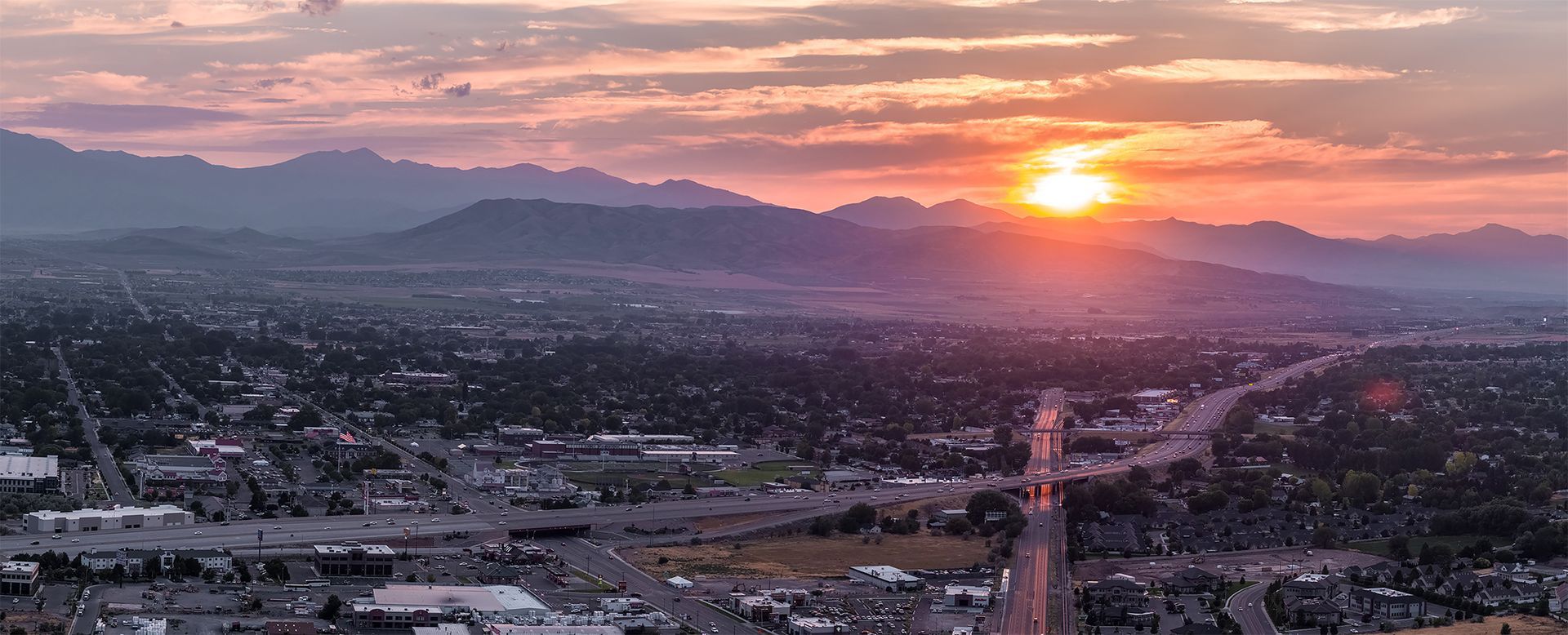
Adobe’s 680,000 SF Lehi Campus is an iconic project in Lehi that was completed in two phases, with the first phase opening at the beginning of 2013 and signaling a new era of development along the Silicon Slopes corridor. (photo by Dana Sohm) Inset: Aerial view showing an illustration of Texas Instruments’ new 300 mm semiconductor wafer manufacturing plant—referred to as “LFAB2”—which broke ground last November and marks the single largest investment (over $11 billion) in state history. (photo courtesy Texas Instruments)

Work continues to grind forward on the mammoth new Salt Lake City Water Reclamation Facility (WRF)—a critical $850 million project being built by a joint venture of the Salt Lake regional offices of Sundt Construction and PCL Construction that will replace the current facility in North Salt Lake once it's turned over to SLC's Department of Utilities (SLCDPU) in July 2026. As it stands, this is the second-largest project in City history, trailing only the recent $2 billion-plus Salt Lake International Airport Redevelopment (Phases 3-4 ongoing), and one of the most technically challenging projects in the state. "We are up for the challenge every day—the magnitude of this thing is unreal," said Manny Diaz, Project Manager for Salt Lake-based Sundt, as he drove around the massive 30-acre site in late-January, a worksite teeming with 300 current employees (it will peak at 400 workers this summer) and myriad complicated structures being built simultaneously. Diaz is a long-time veteran of the water reclamation facility industry—this project marks plant No. 26 in his own personal history—and he was brought in a year ago by Sundt because of his expertise. When he arrived in Salt Lake at the beginning of last year, it was right smack dab in the middle of what proved to be a record-breaking year for snowfall. "It was quite a welcome to Utah!" Diaz chuckled. "We keep very close tabs on the weather." And while crews haven't been subjected to the same inclement weather this winter, site conditions are still generally wet and muddy, and the difficulties associated with building the various structures are constant. Crews are nearing the halfway mark, so certainly it's a milestone worth acknowledging, even though a mountain of construction is still left to climb. "It's such a huge accomplishment to be this far," said Jason Brown, Deputy Director of Public Utilities for SLC. "We've faced a lot of challenges, Covid, material shortages [...] it's amazing to be part of a team that works so well together. We still have a long way to go, but we'll get there. We've made a lot of progress and should be proud, but it's hard to celebrate success with so much work still ahead." Diaz, along with PCL Project Manager Shayne Waldron, said crews recently achieved a major milestone: one million hours worked, a notable accomplishment. “Achieving the ‘one million hours worked’ milestone is a testament to the coordination and collaboration required of a project this size," said Brown, adding that the new WRF project benefits from regular and ongoing staff collaboration, under the watch of Sundt/PCL, designers AECOM and Jacobs, and SLCDPU leadership. “This [milestone] is the culmination of many different efforts,” added Mauricio Ramos, District Manager for PCL’s Civil Infrastructure Division. “From local engineers to pipe layers, journeymen, construction trade workers, foremen, and general laborers, every team member has been instrumental in reaching this benchmark. The collaboration between PCL and Sundt has been a testament to our shared commitment to excellence and innovation.” "Our crews are working together seamlessly to ensure that the final product meets the goals and needs of the community," said Sam Reidy, Senior VP and District Manager for Sundt. "Celebrating this milestone recognizes the hard work and commitment each member of the project team has made to this project and the Sundt/PCL partnership." Diaz and Waldron said soil conditions challenged the team right out of the gate and took significant time to stabilize the site. "At the very beginning, the project was designed to be built on top of where the sludge beds were at, but it turns out the sludge beds were on shaky ground," said Diaz. "This whole area is young in age, so it's all soft clays and sands," added Waldron. "Soft clays are compressible, so the big issue is settling. It would have [cost] $80 million in piles to shore it up, and then in between buildings you have all the pipe and utility duct banks, so they would almost need to be built on piles." Waldron said the idea came up to pre-load the whole site, where crews built a flat pad, installed wick drains, then pre-loaded 30 ft. of dirt, with drains going down 125 feet and providing a way for water to be pushed out of the clay. "We had over seven feet of settlement," said Waldron. Crews also set up sophisticated monitoring equipment "to see where ground was settling and what layers were compressing the most. It was really scientific—a lot more than I've seen before." Diaz said it took six months to haul in the fill dirt where it remained in place for eight months, then took another six months to excavate out—close to one million yards of total material. It was an exhaustive process, with an average of 400 trucks per day and close to 500 trucks hauling 18,000 tons on the best day. Having a cohesive, highly collaborative team of designers and construction experts has been a boon to the project schedule. Once completed, Salt Lake City’s new WRF will serve over 200,000 residents as well as those who commute downtown to work or visit Utah's capital. It will replace the City’s current—and only—wastewater treatment facility, which is over 55 years old and near the end of its service life. Maintaining reliable operations at the existing facility while constructing the new WRF nearby has been critical for the project’s success. Since breaking ground in 2019, the project team has completed approximately 65% of structural concrete work as well as soil mitigation, deep foundation work, and the installation of underground utilities. In late January crews began excavating dual 63-in. diameter pipelines, along with a 78-in. effluent pipe that is being hauled one giant piece at a time from Canada, a new type of corrugated HDPE with welded joints that should provide greater durability. All in all, crews will ultimately pour 93,000 CY of concrete and install 22 million pounds of reinforcing steel, along with 89,000 LF of underground pipe ranging in diameter from 1.5-in. to 78-in. "The camaraderie among the team members allows for a very cohesive team," said Diaz. "The only way you can tell who works for who is by the color of the truck. We have a 'one project' mentality. The complexity of the job and being trusted to lead this effort [...] have been [important] for me. It's been a great job so far." Diaz, who said his first wastewater treatment plant was in North Miami Beach in the late 80s right after he graduated from college, hopes to remain in Utah once this job is completed and turned over to the client by mid-2026. “I plan on staying here and continue to work on treatment plants in Utah,” he said. “There’s a lot of work here. We have vast experience, and we have a lot of people who want to be in Utah—it’s a great place to live. Let’s do it!”
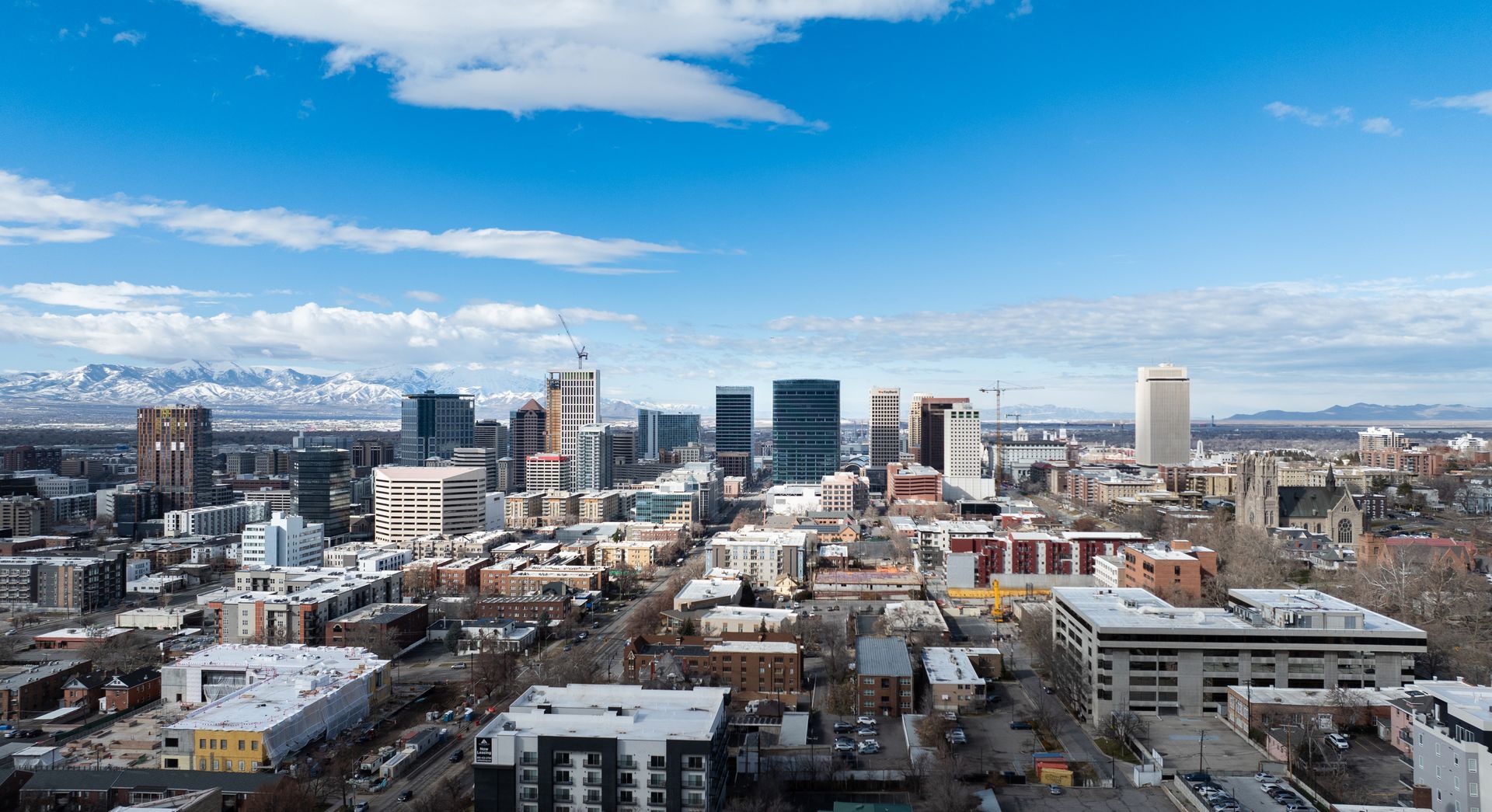
It's been more than 45 years (1978) since The Cars released their debut album highlighted by the wildly popular song Good Times Roll, but if there was ever a tune to sum up the general sentiment of local A/E/C professionals regarding Utah's 2024 Economic Outlook, Good Times Roll would be up there. "Our members are expecting another good year," said Joey Gilbert, President/CEO of the 650-member Associated General Contractors (AGC) of Utah. "For our contractors in both the building and highway markets, the outlook is good. Many still have decent backlogs to keep them busy through 2024 and in some cases, even 2025. The public sector is strong, and on the private side, owners are still investing in some big projects." Robert Spendlove, Chief Economist for Salt Lake-based Zions Bank, reported at the AGC's Economic Outlook meeting last November that commercial construction was up 1.6%, while Utah as a whole reported 2.5% growth overall, and believes both will continue to fare well in 2024. "Utah also has one of the lowest unemployment rates in the U.S. [2.5%]; when it gets too low, you get real struggles of labor shortages," he said. "It prevents companies from growing and is one of those defining economic characteristics of this past cycle. If we get above 4-5% we get nervous that it's a sign of a recessionary environment." Spendlove said tailwinds include strong consumer spending, a strong labor market, and an overall robust economic Intermountain West region, while headwinds could include a lack of new workers, government shutdowns, energy prices, and international uncertainty. Another bonus is that Utah remains one of the strongest states economically, regardless of what is happening nationally. "I would say uncomfortably optimistic," countered Dejan Eskic, Senior Research Fellow for the Kem Gardner Policy Institute at the University of Utah, citing a number of factors potentially slowing down the design and construction industry such as housing, labor, and material price fluctuations—basically the same post-Covid headwinds Utah-based firms have been battling the past couple of years. "On paper, we should have a decent economic year in Utah. Because it's an election year, it brings more optimism generally. Stock performance does better in an election year, jobs do better. You have to stick to those basics. Eskic has been with the Gardner Institute for eight years, including the past five in his current role, explained that some of the uncomfortableness facing the local economy stems from having virtually no labor pool in certain segments, including construction—which continues to face a dearth of skilled craftsmen in virtually all subcontractor trades. "We still have red flags," he said, noting concerns with still-high housing costs. "Maybe it's too early to call if we've cracked inflation. 2023 ended up way better than anybody expected—it was supposed to be a recession year, but the recession never came, and the labor market exceeded expectations. "I'm bullish on Utah," he added. "I look at the numbers and how we're going, and we're in a very strong growth pattern with the economy. Things will continue to expand." Indeed, despite nasty rising interest rates that put the brakes on some speculative development projects, Utah-based owners continued to plow ahead on projects, and by-and-large most market segments continued to see a healthy amount of activity as firms set about tackling healthy project backlogs.
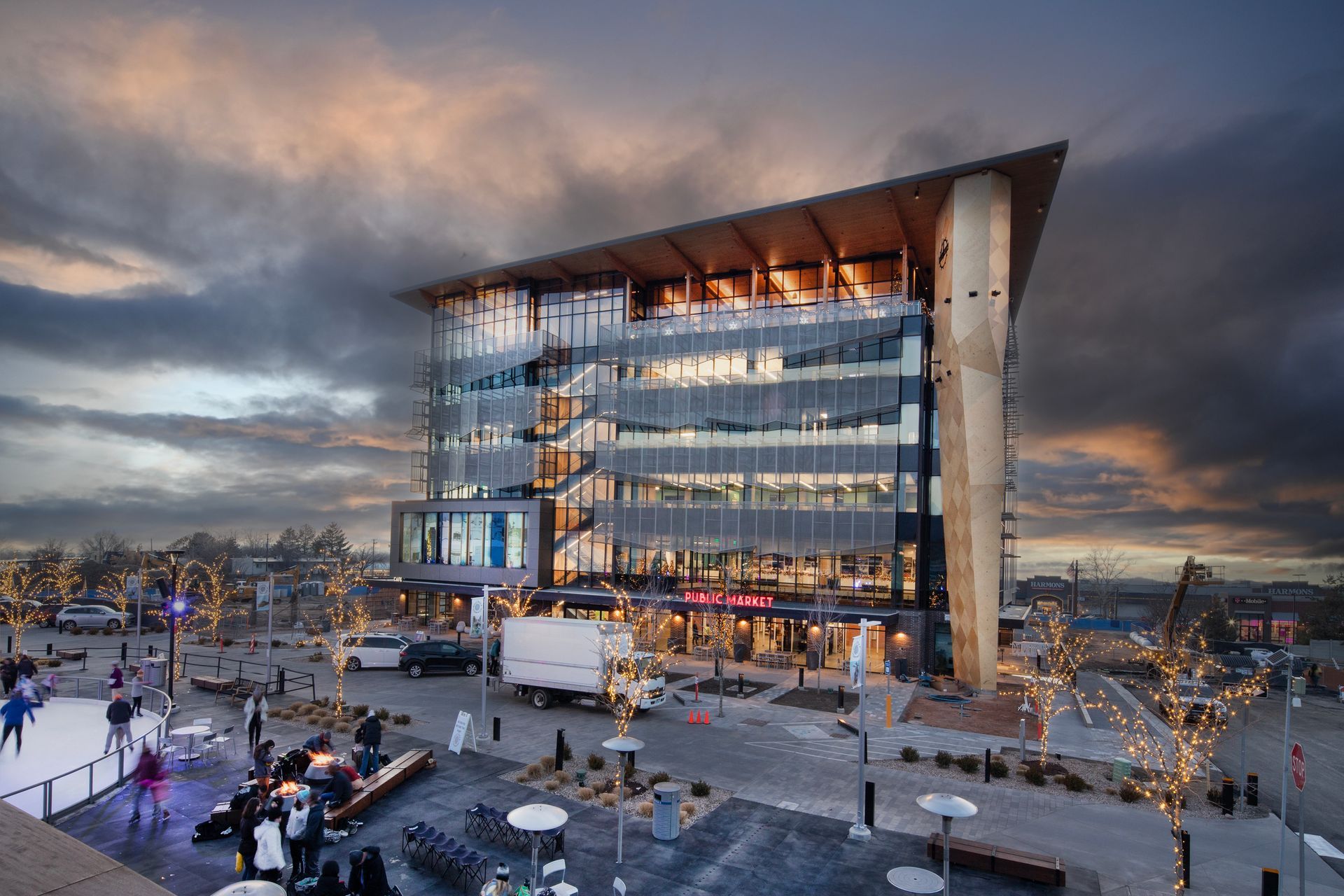
It's been a long time coming for elected officials and the citizens of Millcreek City, but their beloved $45 million, nearly 80,000 SF City Hall is finally complete, ending a lengthy five-year process that tested all parties involved but produced an awe-inspiring six-story building that will serve as the public heart of this rising community southeast of downtown Salt Lake. "It's awesome!" gushed Jeff Silvestrini, in reference to his view as he peered out across the Salt Lake Valley from his fourth-floor corner office, with captivating views via a complex glass curtain wall system highlighted with an intricate, highly functional screen shade. As the only mayor Millcreek City has known during its brief seven-year existence (it was incorporated Dec. 28, 2016), Silvestrini was recently re-elected for another four-year term (he ran unopposed) and has been a driving force behind this new project. "I could see this [view] was going to be amazing when I climbed up the crane when the concrete structure was going up. Standing on the exposed sixth floor before the curtain wall went up, I was humbled at this monumental undertaking for a new city. What we do as a city government is serve the people. We can serve the people much better in a facility like this." Unique Municipal Design Fosters Public Engagement with a "Downtown" Feel Millcreek City Hall builds upon the momentum created by the adjacent Millcreek Common to the east (opened in December 2022) to create an actual "Downtown" or "City Center" space at the bustling area of 3300 South between 1300 East and Highland Drive, which includes a host of exciting new nearby multi-family and mixed-use developments under construction. The project leverages a public-private partnership (PPP) with a local developer on an adjacent shared parking garage, along with the much-needed residential housing. Silvestrini said City leaders "did not contemplate putting City Hall here" initially, but public feedback made it clear residents wanted a downtown area to call their own. Millcreek Common—replete with an ice ribbon, splash pad, and room for food trucks—was planned as a public plaza space and has been wildly popular since its completion in late 2022. Residents also wanted City Hall to have real spaces for the public, not just a strictly-government facility, which provided exciting design opportunities for Salt Lake-based MHTN Architects, which initially worked with City officials in 2017-18 on a City Center Master Plan, which came about via a grant through the Wasatch Front Regional Council, according to Ryan Wallace, Principal-in-Charge for MHTN. "It's located roughly in the geographic center of the community and easily accessed by vehicle, transit, and active transportation—it's something that can unite the community," said Wallace. "The client has created four projects in one," aided by a vertical building mixed-use approach on the narrow footprint, a key to allowing optimum future adjacent development. "We realized early on that there was an opportunity to build a true civic center," added Silvestrini. "The more we thought about it, the more it made sense." The commitment to having a true community building is evident on the first floor, which includes a coffee house, a restaurant, and a flex public market with rotating businesses. "[City leaders] wanted an activating ground floor use that would support their idea of a downtown," said Wallace. "They didn't want City Hall to only be active 8-to-5 and then a dead zone at night." City officials and MHTN staff also drew inspiration on a tour of the new City Hall in Lenexa, Kansas, which includes adjacent common space and a ground floor retail/public market. "Everyone seemed to be thinking on the same wavelength," said Peggy McDonough, MHTN President who served as Project Executive on Millcreek City Hall. "We all felt like this was a completely unique project, unlike any other city hall that we've been a part of, and the second that has a market level. It's being looked at as an example of good development." While level 1 is sure to be a hit with Millcreek residents and visitors over time, levels 2 through 5 showcase the versatility and functionality of the project, with all essential government functions for Millcreek City, along with Unified Police and Community Emergency Response Team (CERT). Unified Police is housed on level 2 and utilizes a one-level sally port/private garage under the building (another bonus of the PPP parking garage). Millcreek City is housed on levels 3-5, with the top floor—level 6—serving as prime community space highlighted by the Grandview community room and its opulent Cross Laminated Timber (CLT) roof that evokes a natural warmth throughout the space.
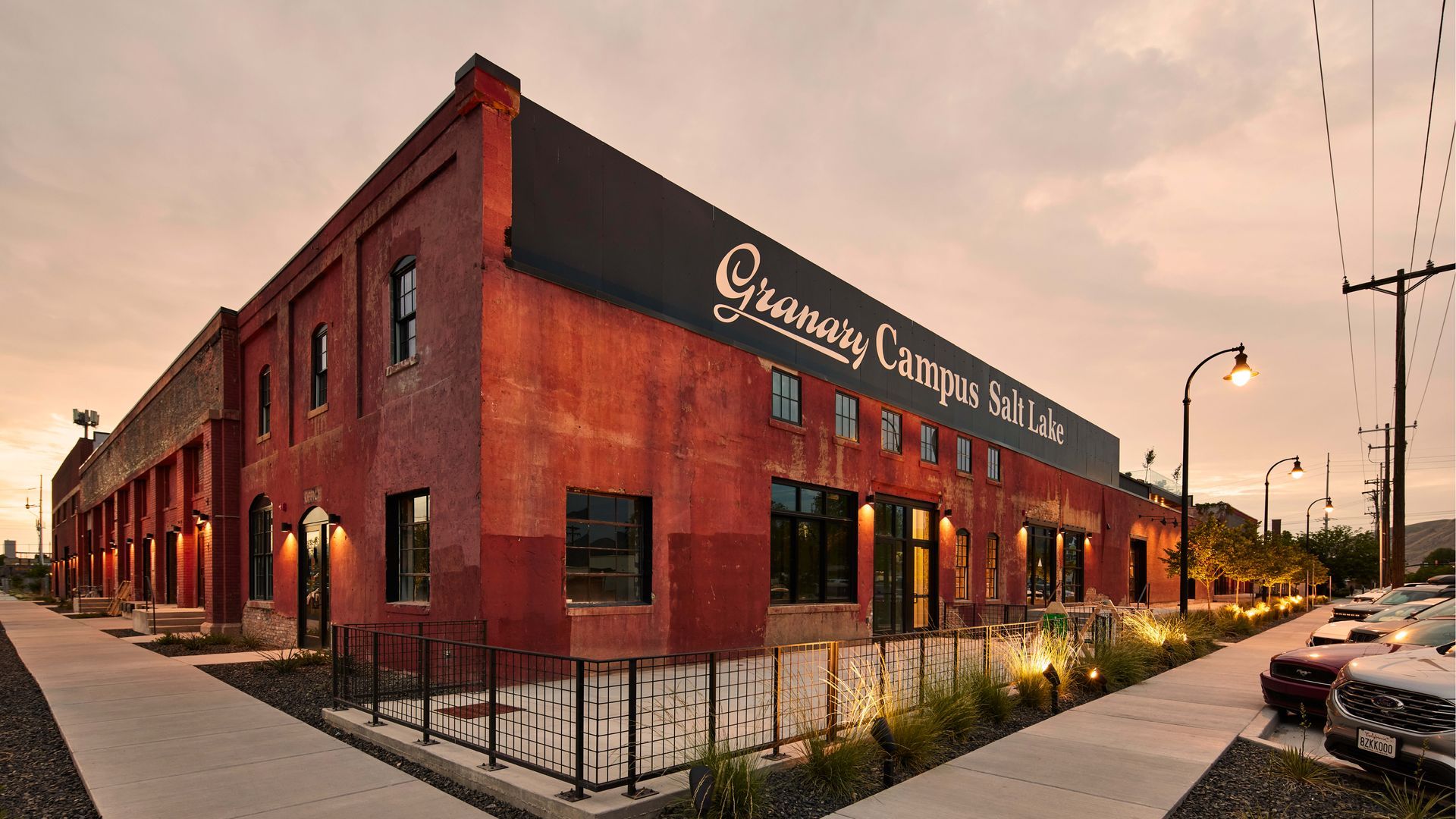
For the first time in its 103-year history, The Utah Chapter of the American Institute of Architects (AIA Utah) has a fully female executive leadership team. It wasn’t intentional, as Past-President Jessica Hoffman stated, “That is who stepped up.” And more importantly, these women have an aggressive plan for serving the entire, very diverse, association. "I'm very excited—we have a great team!" said Chamonix Larsen, Salt Lake City/Denver Department Manager for Morrison Hirschfield, who will serve as 2024 President. "They are all very passionate about what they do, and how architecture can make positive changes in our community." AIA Utah also has a new Executive Director, with Angie Harris Roberts coming on board last spring in a part-time role that transitioned to full-time in October. She is charged with overseeing industry legislation and streamlining AIA services such as providing standard contract documents, sponsoring educational events, and hosting conferences that communicate new design ideas, technologies, and initiatives. Larsen has targeted adding value to members and increasing public outreach scope as her focus for the upcoming year. One particularly exciting (and needed) project proposes a mentorship program that utilizes the talents of the AIA fellows and partnering organizations. The staff and board have applied for a grant and approached local firms for matching funds to build a long-term, multi-generational program, that assists mentees to achieve licensure faster and stay in the profession. Working through the Young Architects Forum and the American Institute of Architects Students, the program will enlist the talents of Utah AIA Fellows, the National Organization of Minority Architects, and Women in Architecture, connecting seasoned architects with emerging professionals. They will answer questions and give guidance and counsel on matters ranging beyond making design decisions and locating answers to technical questions, to how to craft career paths and find professional satisfaction. "We've been through some changes, and having a new executive director is exciting as well," added Larsen. "Coming out of the pandemic, it's been about reconnecting with everybody and improving our organizational excellence. It's important to me that we run as efficiently as possible, given that we rely on volunteers. We have an opportunity to dive into what firms need, and how we can better serve our members." Larsen addressed staffing, having access to quality talent, and attracting more skilled architects to the state as key topics. The outlook for Utah remains solid, she said, albeit with some tempered expectations in some markets (multi-family, industrial) which may see projects put on hold until interest rates soften. Utah's continued growth, steady economy, and the prospect of another Salt Lake Winter Olympics raises optimism for the foreseeable future. Leadership is also committed to helping sister organizations with programs aimed at stimulating interest in architecture from outside the industry and providing a pipeline of talent from a diversity of backgrounds into the industry. This includes encouraging programs in elementary schools to educate children about the role of architecture in a community, collaborating on youth mentoring events, and fostering NOMA’s effort to bring architects from underrepresented groups into the College of Fellows. 2024 AIA Utah Leadership President – Chamonix Larsen, AIA is an experienced architect with a diverse professional background with 20+ years of experience including building envelope consulting, architectural design, technical design lead, project management, owner’s representative, and commissioning authority. She joined Morrison Hershfield’s Building Science Division in 2017 and manages building envelope consulting teams in Salt Lake and Denver. While at the State of Utah, Larsen oversaw the development and implementation of the DFCM's High Performance Building Standard and state-wide operational sustainability efforts. She is also an adjunct professor at the University of Utah College of Architecture and Planning. President Elect – Whitney Ward, AIA, LEED AP is a Principal at Salt Lake-based VCBO Architecture and has been with the firm since 2007. Ward embraces a holistic design approach and is an advocate for both community engagement and sustainable design. She also teaches Sustainable Development as an Adjunct Professor with the University of Utah City and Metropolitan Planning Department. Secretary – Natalie Shutts-Bank, AIA, RIBA is an experienced architect who thrives when navigating between the vastness of all creative possibilities and the real-world constraints of any design problem. She has worked multiple design typologies at a range of scales on higher education, civic, hospitality, healthcare, and large-scale residential projects. Treasurer – Libby Haslam, AIA, RIBA, LEED AP, NCARB is the founder of Studio Long Playing, an architectural firm that practices many typologies of spaces. The firm’s current focus is on higher education. Studio LP is also engaged in restaurant design and residential work, with the intent for collaboration with different artisans and art forms. She has been teaching studio as an Associate Professor (career-line) at the University of Utah School of Architecture since graduating from the U in 2001For the first time in its 103-year history, The Utah Chapter of the American Institute of Architects (AIA Utah) has a fully female executive leadership team. It wasn’t intentional, as Past-President Jessica Hoffman stated, “That is who stepped up.” And more importantly, these women have an aggressive plan for serving the entire, very diverse, association. "I'm very excited—we have a great team!" said Chamonix Larsen, Salt Lake City/Denver Department Manager for Morrison Hirschfield, who will serve as 2024 President. "They are all very passionate about what they do, and how architecture can make positive changes in our community."
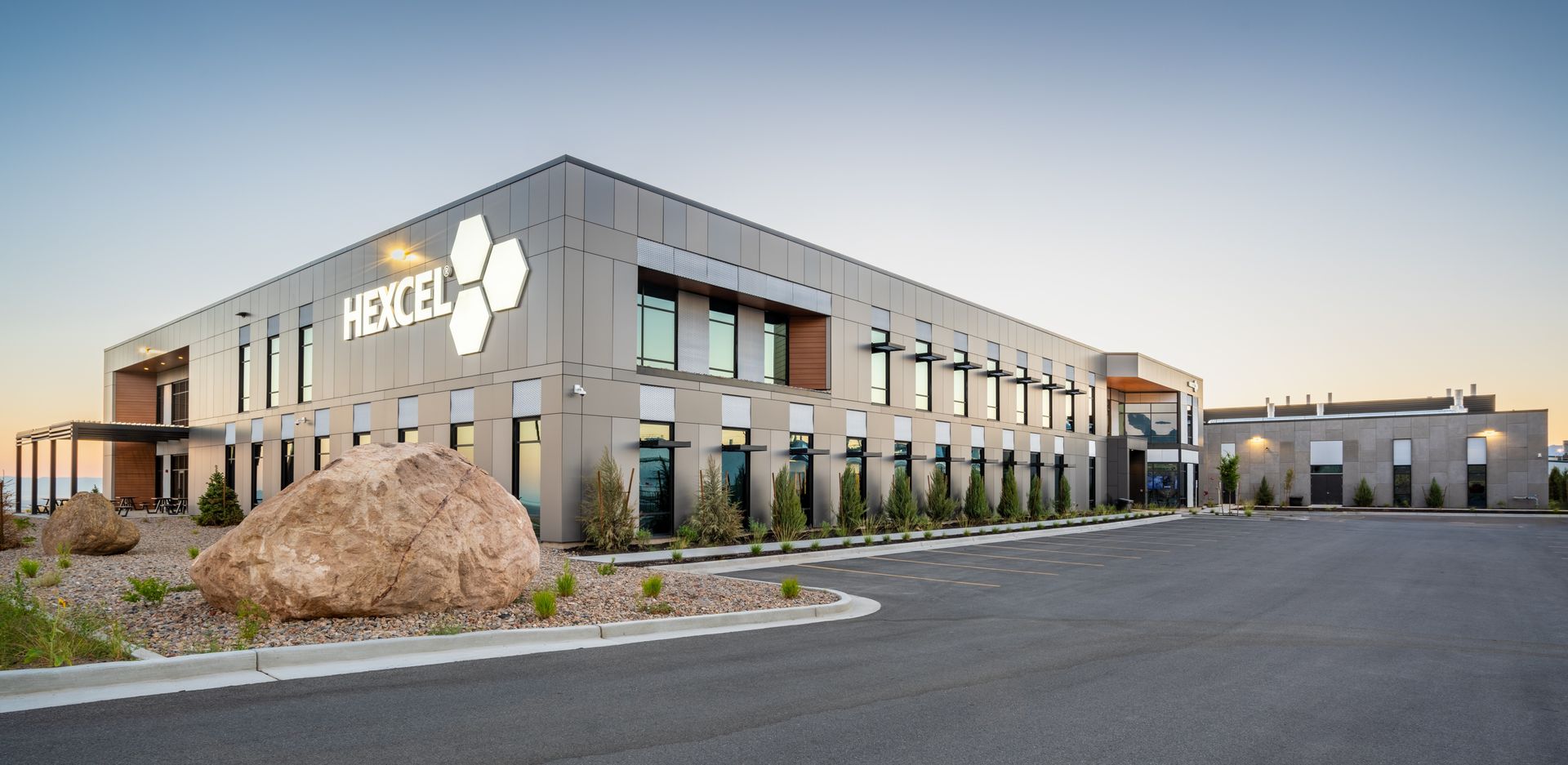
The days of the commercial industrial market consisting primarily of boring, staid (read: ugly) warehouse and manufacturing buildings are long gone, as employee-conscious corporations and forward-thinking real estate developers have been realizing the value of housing employees in spaces that sizzle with stylish interior designs with loads of on-site amenities. Hexcel Corporation did just that with the design of its most significant recent project in West Valley City, a $34 million, 105,000-SF facility dubbed the Center of Research & Technology Excellence, which includes the largest high-performance carbon fiber manufacturing plant in the world, along with housing Hexcel's aerospace matrix operations. The center is "designed to encourage and inspire our team to dream big and ensure that our customers are awarded the strongest, lightest weight, most durable advanced composites that the world has ever seen," said Nick Stanage, Hexcel Chairman, CEO and President. He said that when the Center opens, “you will be surrounded by everything it means to be a leader in advanced composites technology. You will see high-tech labs and cutting-edge research and testing equipment. Our lobby will showcase advancements and innovations that are propelling the future in commercial aerospace, space and defense, and industrial markets.” Sharp aesthetics and providing optimum working conditions are a must for employers in a market with a current state unemployment average hovering just over 2% and in a society where the workforce is increasingly opting to work remote (at home) either full-time, or with a hybrid/flex schedule. The primary objective of the facility is to serve as a catalyst for research and development in advanced composite technology, with a specific focus on aerospace, space, defense, and industrial applications. According to Mike Phillips, VP of Project Development at R&O Construction's Salt Lake office, the fast-track design-build seamlessly blended a tilt-up laboratory with a two-story Class A office building, illustrating the owner's attention to high quality and optimum design. "The entire team was focused on schedule and cost throughout the process, while meeting owner's requirements and needs. It was a very successful project." The facility's design transcends conventional manufacturing and research spaces. Instead of a stark separation between these functions, the building integrates both—fostering an environment where scientists and production personnel can collaborate seamlessly. This approach underscores Hexcel's commitment to innovation and how diverse functions can coexist within the same space. One of the project's most noteworthy contributions lies in its commitment to sustainability. Hexcel actively recycles carbon fiber prepreg composite cutoffs to produce composite panels that find applications in commercial markets. By upcycling and repurposing materials, the project demonstrates a forward-thinking approach to resource utilization and waste reduction. In a resourceful move, the tilt panels were utilized as the crane path to avoid potential soil issues. This approach was executed after thorough consultation with engineers, resulting in a seamless process with all panels standing within a short timeframe, without any compromise to structural integrity or aesthetic appeal. Exterior Trespa panels were strategically oriented to create a dynamic carbon checkerboard pattern, aligning with the aesthetic of Hexcel's innovative products. This deliberate choice not only showcases a visually striking design element but also reflects the company's commitment to excellence in composite materials. Tilt-up panels underwent a meticulous sandblasting process to enhance their carbon-like appearance. This technique, applied after curing and installation, contributes to the overall visual effect and reinforces the project's dedication to craftsmanship.








